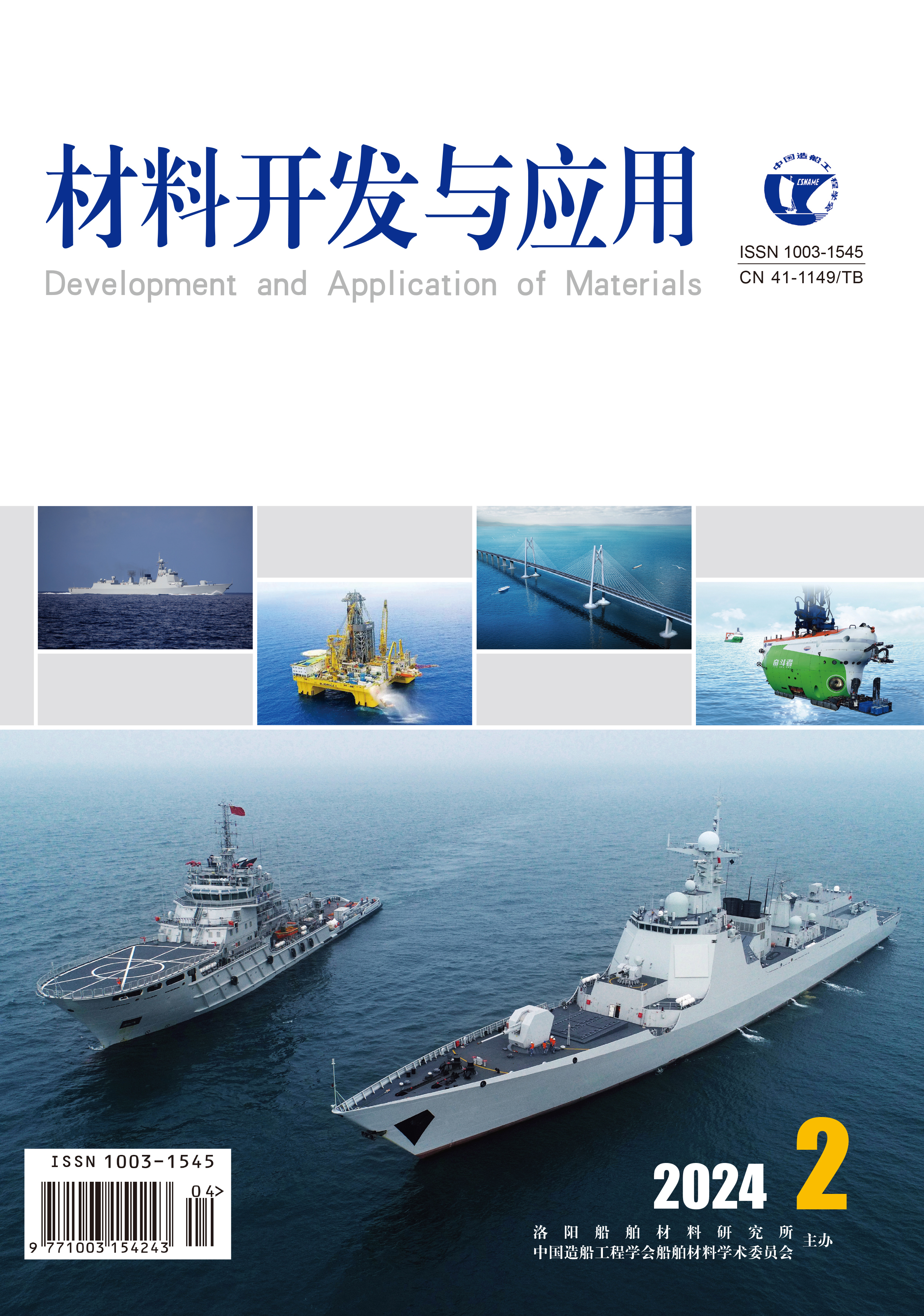2021 Vol. 36, No. 2
Display Method:
2021, 36(2): 1-10.
Abstract:
2021, 36(2): 11-18.
Abstract:
2021, 36(2): 19-25.
Abstract:
2021, 36(2): 26-34.
Abstract:
Effect of Chemical Composition and Heat Treatment Process on Mechanical Properties of TA5 Alloy Bars
2021, 36(2): 35-38.
Abstract:
2021, 36(2): 39-43.
Abstract:
2021, 36(2): 44-48.
Abstract:
2021, 36(2): 49-54.
Abstract:
2021, 36(2): 55-59.
Abstract:
2021, 36(2): 60-63,87.
Abstract:
2021, 36(2): 64-67.
Abstract:
2021, 36(2): 68-73.
Abstract:
2021, 36(2): 74-78.
Abstract:
2021, 36(2): 79-82.
Abstract:
2021, 36(2): 83-87.
Abstract:
Analysis on Application of Different Models for Fatigue Crack Propagation Rate of Metallic Materials
2021, 36(2): 88-92.
Abstract:
2021, 36(2): 93-97.
Abstract:
2021, 36(2): 98-102.
Abstract:


